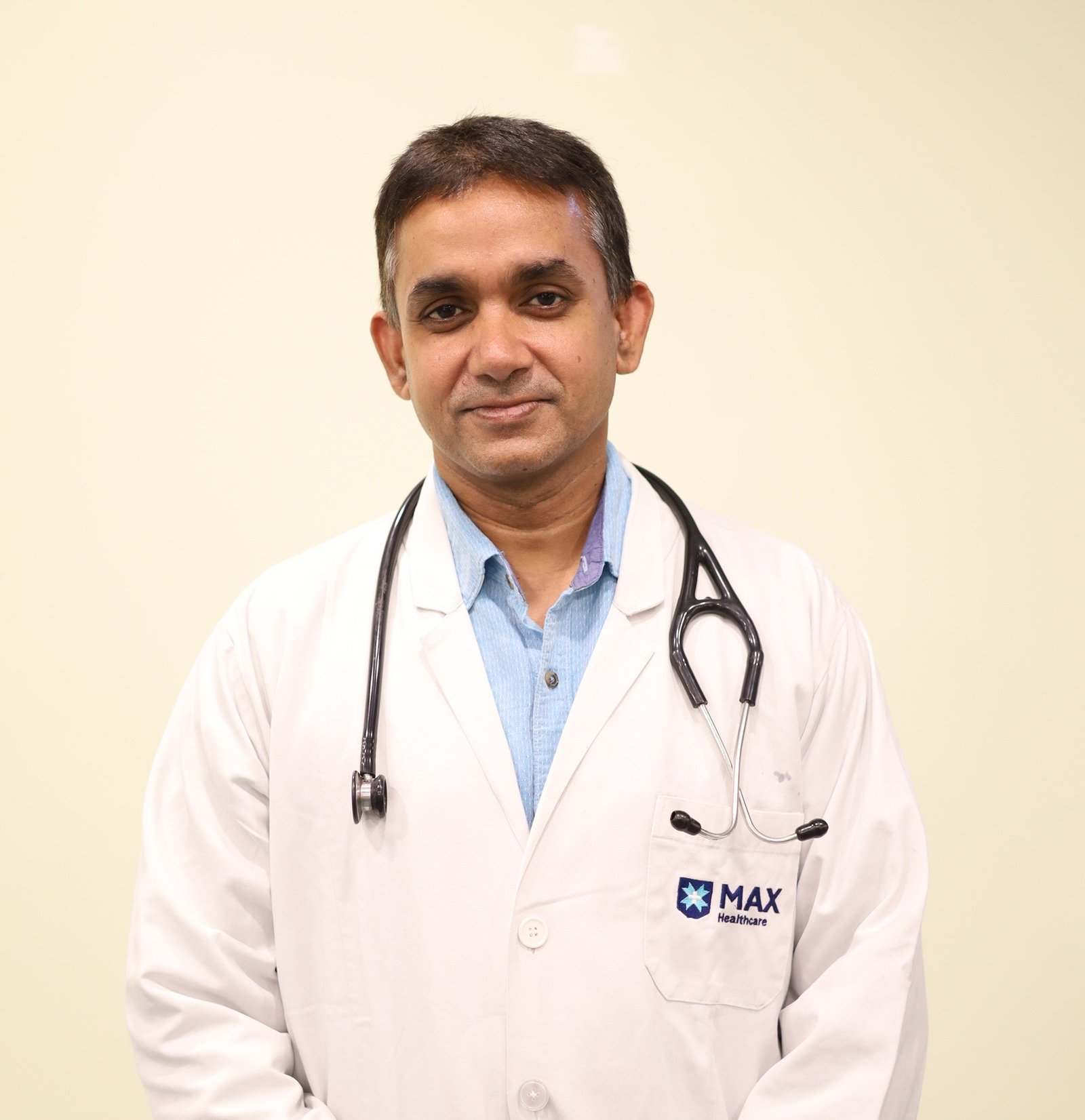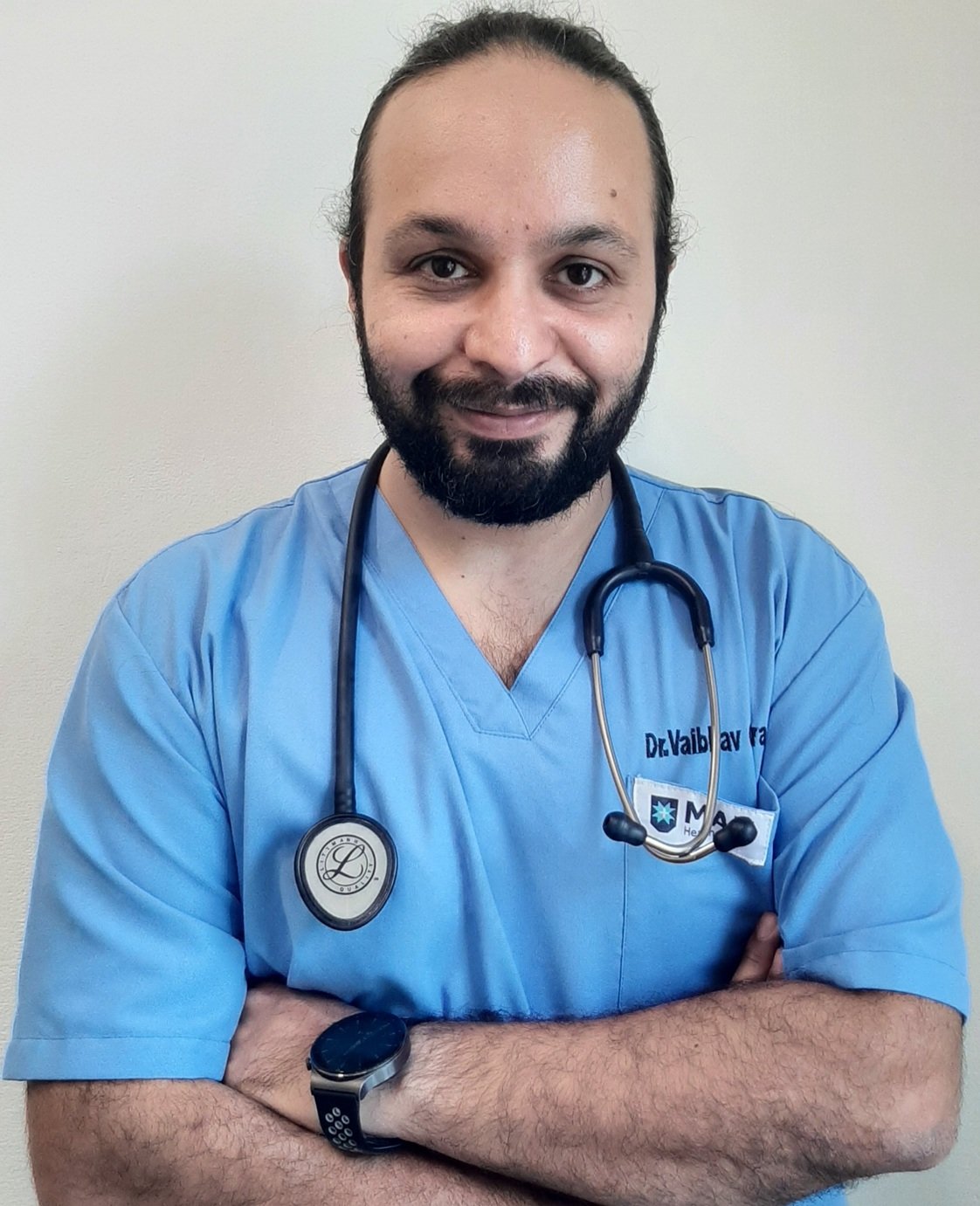Dehradun – Dr. Tushar Agarwal, a renowned gynecologist in Dehradun, has successfully treated a 52-year-old woman suffering from pelvic organ prolapse using a minimally invasive laparoscopic procedure. The patient had initially been advised to travel to Delhi for treatment, but Dr. Agarwal performed a successful laparoscopic sacrocolpopexy surgery locally in Dehradun.
This innovative approach allowed the patient to avoid major open surgery and recover quickly. The success of this procedure highlights the advanced medical capabilities now available in Dehradun.
Dr. Tushar Agarwal explained that pelvic organ prolapse, particularly vaginal vault prolapse, primarily affects middle-aged or elderly women, especially those who have undergone a hysterectomy. He further explained that a woman’s lower abdomen contains a cavity made up of a group of bones, within which several organs, including the uterus, bladder, and lower intestines, are housed. Strong connective tissues help keep these organs in place. When these tissues weaken, one or more organs can shift downward, placing pressure on the vagina or even protruding outside of it, a condition known as pelvic organ prolapse.
One type of pelvic organ prolapse is vaginal vault prolapse, which is more common in women who sit for long periods, lift heavy loads, or suffer from nutritional deficiencies, such as a lack of protein and vitamins.
The patient, Usha Rawat, shared that she had been suffering from this condition for a long time. Despite consulting multiple doctors, most had recommended traveling to Delhi for treatment, as open surgery was not considered a viable option for her. However, when Dr. Agarwal informed her that laparoscopic surgery could be performed, she decided to undergo the procedure locally.
Dr. Tushar Agarwal stated, “Usha Rawat came to the hospital with severe abdominal pain and difficulty urinating. She was also experiencing involuntary urine leakage when coughing. After conducting the necessary tests, I decided to perform laparoscopic surgery. The surgery was successful, and the patient was able to walk the very next day. She was discharged after three days and returned home in good health.”











